Meyer Lemon Tree
- September 14, 2023
- 0 comment
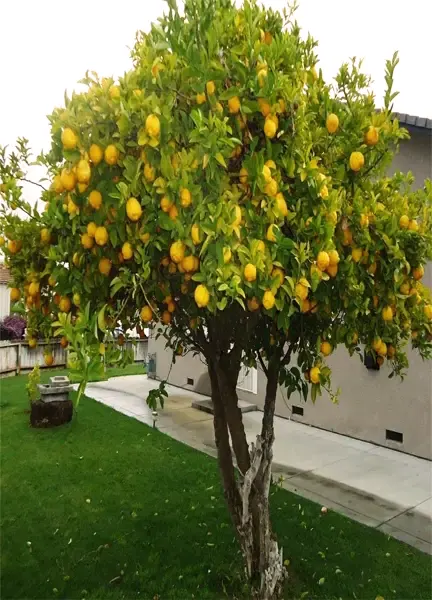
- Common Name: Meyer Lemon Tree
- Botanical Name: Citrus × meyeri
- Family: Rutaceae
- Plant Type: Evergreen tree
Lumber
Lumber, the versatile building material derived from the processing of timber, plays an indispensable role in construction and woodworking projects worldwide. It encompasses various wood species, each offering distinct properties and characteristics that influence its suitability for specific applications. These characteristics include durability, strength, grain patterns, and susceptibility to decay or pests. Lumber is available in various forms, such as boards, planks, beams, and plywood, making it adaptable for a wide range of structural and aesthetic purposes. Its utilization extends from framing and flooring to cabinetry and furniture crafting, with choices like hardwoods, softwoods, and engineered wood products catering to diverse project requirements and design preferences.
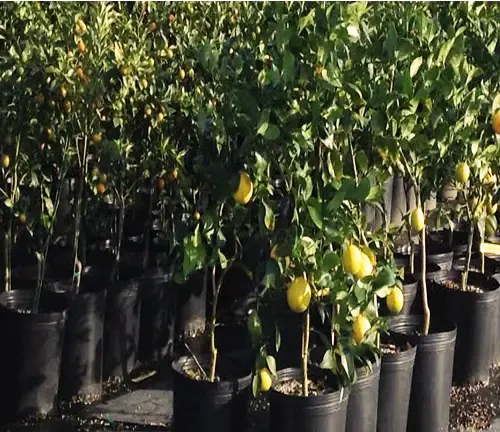
Mature Size and Growth Rate
The mature size and growth rate of trees can vary significantly depending on the species. Fast-growing trees like the Silver Maple (Acer saccharinum) can reach heights of 50 to 80 feet (15 to 24 meters) in as little as 20 years, making them ideal for quick shade and landscaping. In contrast, slow-growing trees like the Ginkgo (Ginkgo biloba) may take several decades to reach their full height of around 50 to 80 feet (15 to 24 meters). Understanding the growth rate and ultimate size of a tree species is crucial for proper landscaping and managing tree health in different environments.
Soil Type
The Meyer Lemon Tree thrives in well-drained soil that is rich in organic matter. It prefers slightly acidic to neutral soil with a pH range of 5.5 to 6.5. This delightful citrus tree, a member of the Rutaceae family, thrives in soil that is not only well-drained but also rich in organic matter.

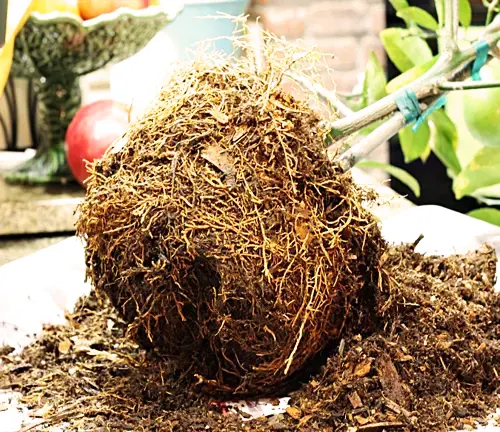
Soil Preferences
The Meyer Lemon Tree exhibits a preference for soil that falls within a slightly acidic to neutral pH range, ideally between 5.5 and 6.5. In its native habitat, it often thrives in loamy, sandy soils. When cultivating this tree, it’s crucial to select or prepare soil that closely mimics these conditions to promote vigorous growth.

Hardiness Zones
The Meyer Lemon Tree (Citrus × meyeri) is typically hardy in USDA Hardiness Zones 2 to 9. It can tolerate temperatures as low as 20°F (-6°C) but prefers milder, frost-free climates for optimal growth and fruit production.
To create an ideal planting environment for your Meyer Lemon Tree, consider amending the soil with organic matter, such as compost or well-rotted manure. This addition enhances both soil structure and nutrient content, promoting robust growth and fruit production. When planting, ensure the soil drains well to prevent waterlogged roots, which can lead to root rot and other issues.
Sun Preference
The Meyer Lemon Tree thrives in full sunlight, requiring at least 6 to 8 hours of direct sunlight daily to produce healthy foliage and abundant fruit.
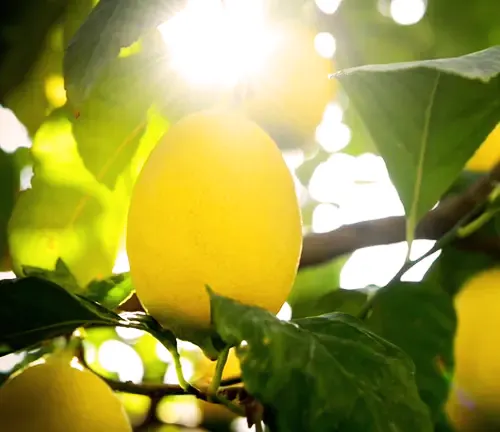
Attributes and Characteristics
This remarkable citrus tree is prized for its glossy green leaves that emit a delightful citrus scent when touched. It produces fragrant white flowers with a hint of purple at the base, typically blooming in late winter or early spring. The fruits are a vibrant, sunny yellow when ripe, with a thin, bumpy skin and sweet-tart, juicy pulp. Overall, the Meyer Lemon Tree is cherished for its ornamental beauty, aromatic qualities, and delicious fruit.
Wildlife Contribution
The Meyer Lemon Tree attracts various wildlife, including bees and butterflies, thanks to its fragrant white blossoms. These pollinators play a vital role in fruit production.
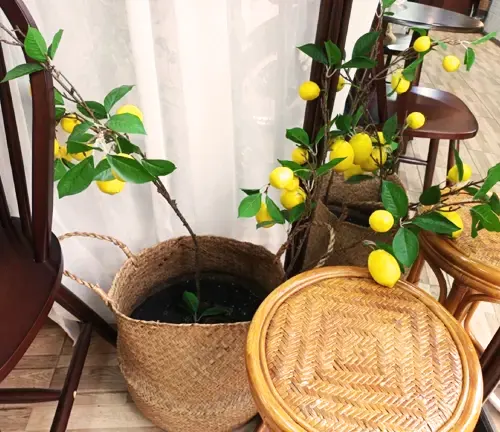
Care
Proper care for the Meyer Lemon Tree includes providing full sunlight, well-drained soil, and regular watering, allowing the top inch of soil to dry between watering’s. Fertilize with citrus-specific fertilizer during the growing season, prune for shape and health, and watch for common pests like aphids and scale insects, addressing them promptly to ensure the tree’s thriving growth and fruit production.
Benefits
Trees offer valuable environmental, aesthetic, and health benefits by purifying the air, providing shade, supporting wildlife, enhancing property value, and promoting well-being.
Invasive
Invasive trees, often non-native species, aggressively spread and can harm local ecosystems by displacing native plants and disrupting ecological balance.
Lifespan
The lifespan of a tree varies by species, with some living for centuries while others have shorter lives. Knowing a tree’s lifespan is crucial for effective management and planning in forestry and landscaping.
Disadvantage
Trees may present various disadvantages, such as invasive root systems that damage structures or water pipes, susceptibility to diseases or pests, and excessive leaf litter that requires regular cleanup. Additionally, some trees can trigger allergies in certain individuals due to pollen production.
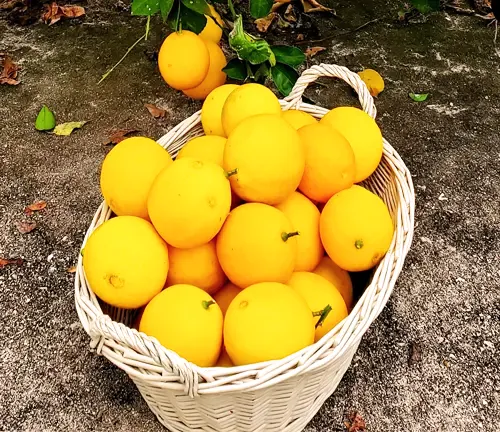
Edible or Not
The edibility of trees varies; some produce tasty fruits or nuts, while others may have toxic parts. It’s crucial to identify trees accurately and research their edibility before consumption to ensure safety.
Habitat Requirements
Different species of trees have specific habitat requirements, including soil type, moisture levels, and climate preferences. Understanding these requirements is essential for successful tree cultivation and landscaping.
Name Origin
The origin of a tree’s name can provide insights into its history, geography, or cultural significance. Names often reflect the tree’s characteristics, such as its appearance, fruit, or historical uses.
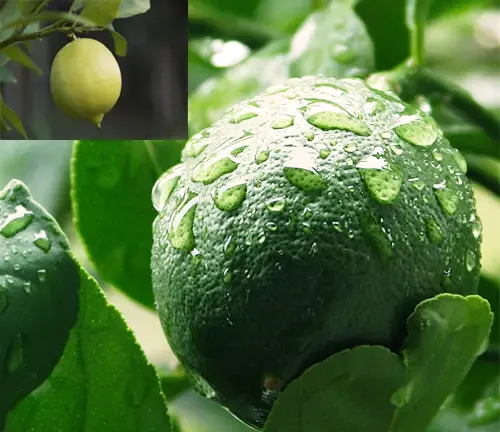
Varieties
Trees come in a wide range of varieties and cultivars, each with unique features, growth habits, and uses. Varieties can differ in size, leaf color, fruit flavor, and adaptability to various climates. Choosing the right tree variety is crucial for meeting specific landscaping or horticultural goals in which is ‘Pure Green’ and ‘Light Yellow’.
Trimming
Trimming is a vital practice for the Meyer Lemon Tree, as it helps in shaping the tree, eliminating dead or unhealthy branches, and enhancing fruit production. This trimming process is usually carried out during late winter or early spring, just before the tree starts to bud.
Propagating
The Meyer Lemon Tree can be propagated through grafting or budding techniques onto rootstock. This allows for the production of genetically identical trees with desired characteristics.

Common Pests & Diseases
While Meyer Lemon Trees are relatively hardy, they can still fall victim to some common pests and diseases. Common pests include aphids, scale insects, and spider mites, which can be managed with horticultural oil or insecticidal soap. Diseases such as citrus canker, root rot, and citrus leaf miner can also affect Meyer Lemon Trees. Proper care, including regular pruning, well-drained soil, and appropriate watering, can help prevent many of these issues.
Fascinating Tidbits
- The Meyer Lemon Tree boasts its roots in the United States, signifying its American heritage with pride.
- Among the Meyer Lemon varieties, it stands as an early bird, reaching its peak of ripeness in the late days of July or the early breaths of August.
- Bedecked in a vibrant yellow coat, the Meyer Lemon Tree stands out as a beacon within its leafy domain, a testament to its distinctive presence.
- The Meyer Lemon Tree, prized for its unique flavor, finds its way into many culinary creations, particularly excelling in the art of crafting delectable dishes like lemon curd and lemon-infused desserts thanks to its outstanding texture when cooked.
Take the first step towards enhancing your experience – explore our Forestry Services today and discover the difference for yourself!
Frequently Asked Questions (FAQs)
- Can Meyer Lemon Trees be grown indoors?
Yes, Meyer Lemon Trees can thrive indoors, provided they receive adequate sunlight, good drainage, and proper care. They make excellent container plants for those without outdoor garden space. - How often should I water my Meyer Lemon Tree?
Watering frequency depends on factors such as temperature, humidity, and pot size. Generally, water when the top inch (2.5 cm) of soil feels dry to the touch, and be sure to provide good drainage to prevent root rot. - When can I expect my Meyer Lemon Tree to bear fruit?
Meyer Lemon Trees typically start producing fruit within 2 to 3 years of planting, although it may take longer for indoor-grown trees. The exact timing can vary based on growing conditions. - Can I grow a Meyer Lemon Tree from seeds?
Yes, you can grow a Meyer Lemon Tree from seeds, but keep in mind that the resulting tree may not have the same characteristics as the parent tree. For consistent fruit quality and characteristics, consider propagation through cuttings or grafting. - What is the best fertilizer for Meyer Lemon Trees?
Use a balanced, slow-release citrus fertilizer with micronutrients, following the manufacturer’s recommendations. Fertilize during the growing season, typically in spring and summer, and reduce or stop fertilization in the fall and winter.
In conclusion, the Meyer Lemon Tree is a delightful addition to any garden or home, offering not only delicious fruits but also ornamental value with its fragrant blossoms and glossy foliage. With proper care and attention to its needs, this citrus tree can reward you with a bountiful harvest of sweet and tangy lemons year after year.


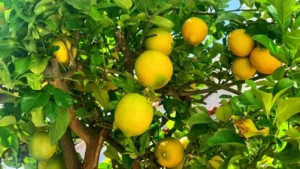
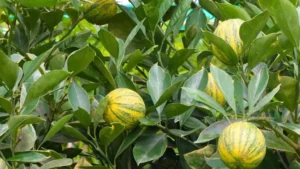
Leave your comment